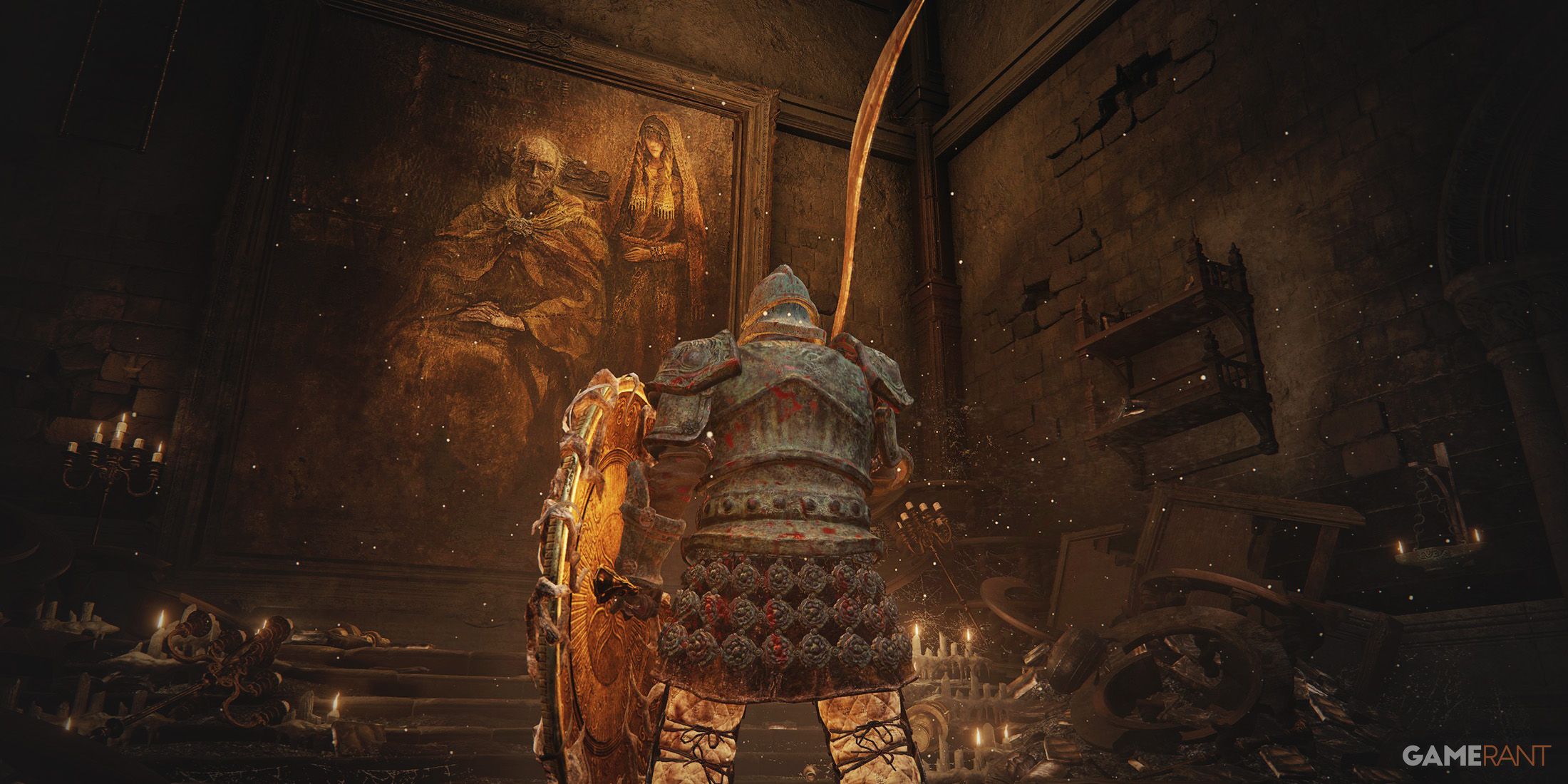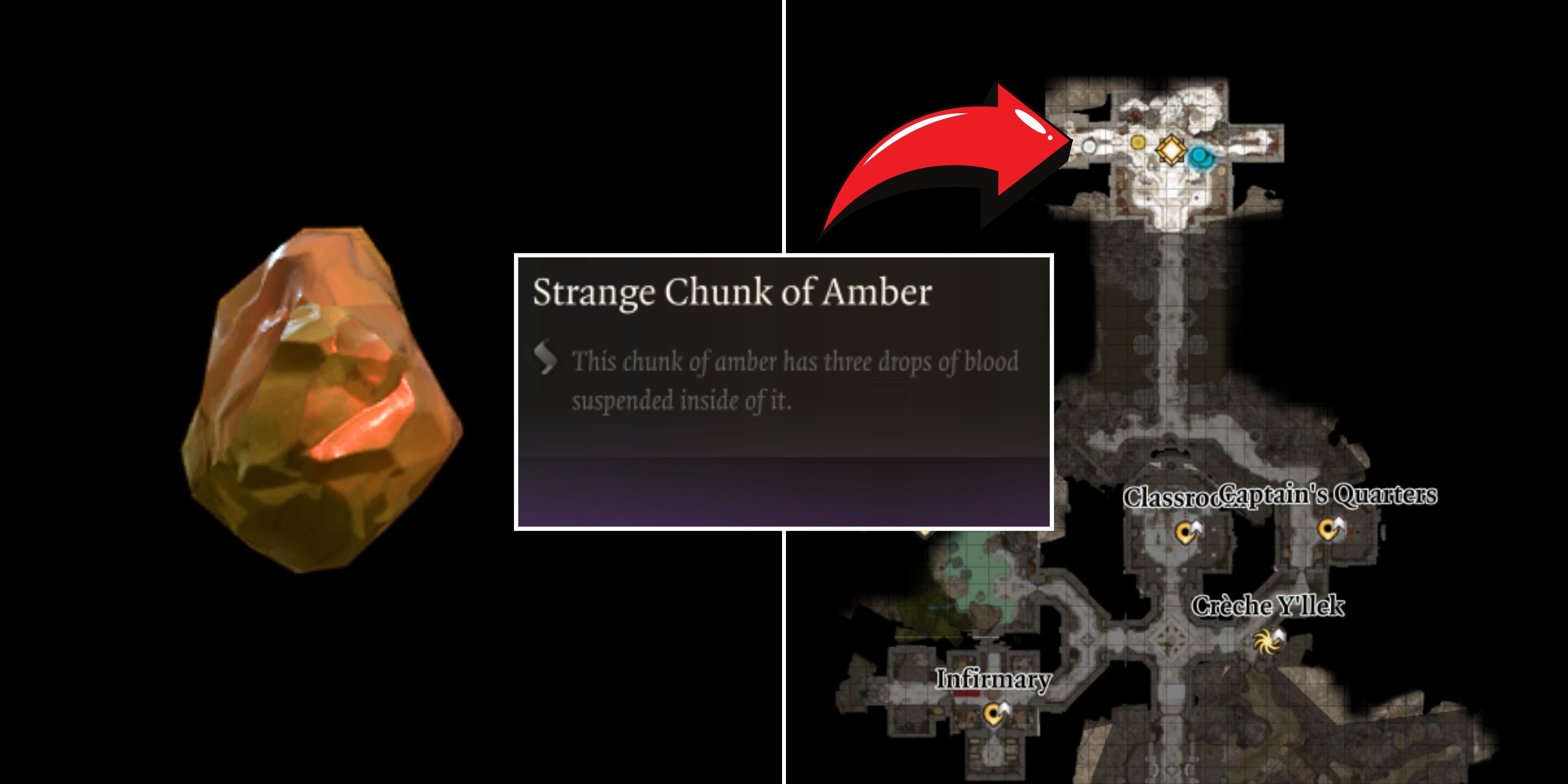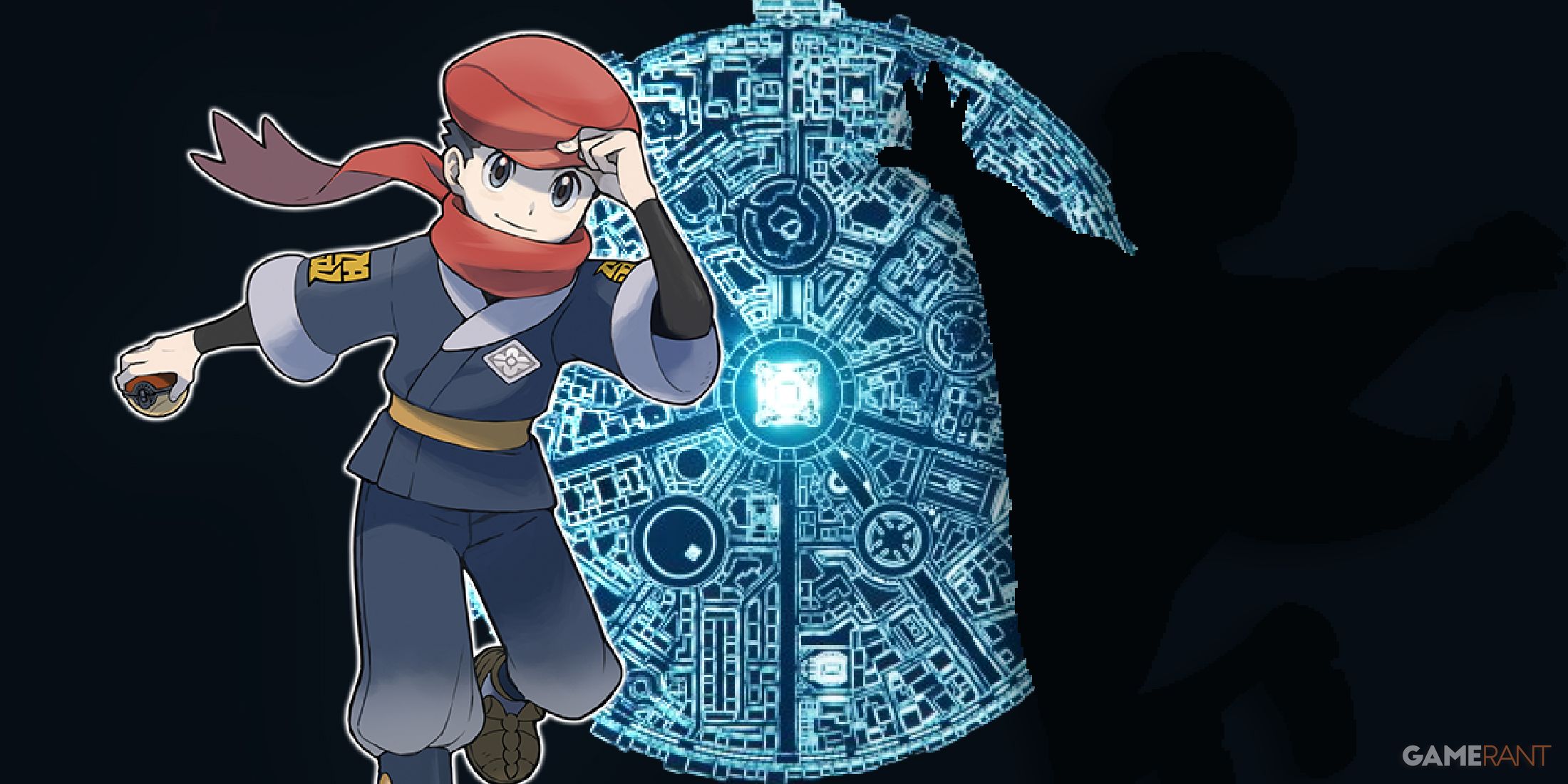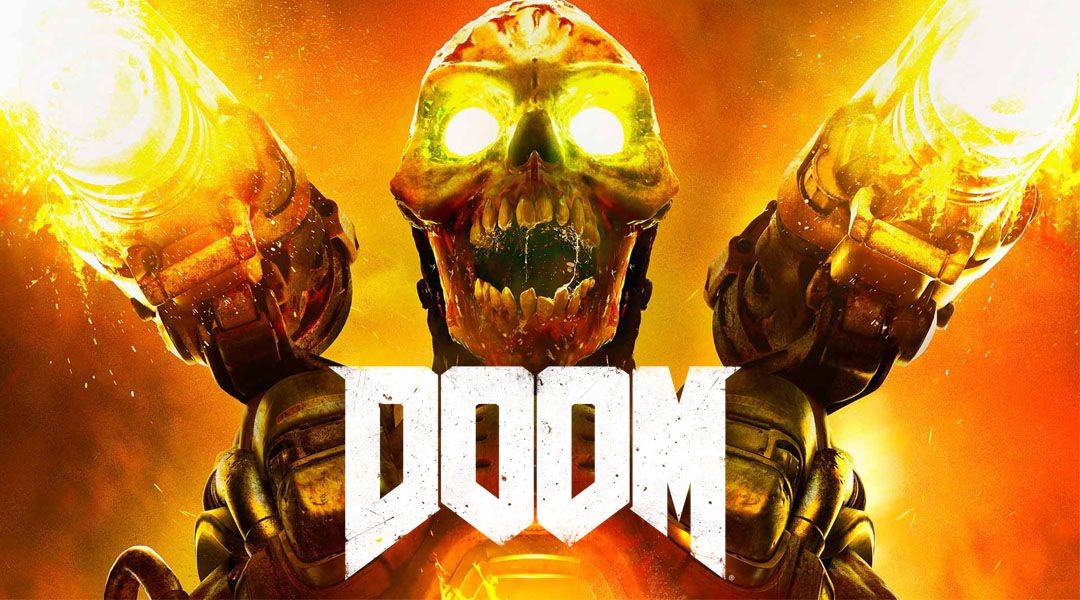The rebooted take on DOOM is a visually impressive and chaotically-paced affair that stands out amongst a sea of other FPS titles, but it's not without its monotonous moments.
As one of the most adored gaming franchises of all time, there was undoubtedly a lot of pressure that id Software faced in order to make sure that it nailed its reboot of DOOM. Indeed, it's quite a legacy to live up to, especially when considering the fact that longtime fans and critics know the 1993 original as a defining moment for the first-person shooter genre. Fortunately, great attention has been placed in bestowing a sense of updated and gruesome familiarity to the newest title, but its delivery does get muddled down with redundancies during play.
These pop up almost solely in the campaign mode, which is affectively divided up into combat and exploration sections. The latter aspect of this game is where monotony begins to set in, as players will time and time again be locked into a room after activating an objective with a myriad of demons. Once the room has been cleared, the doors will unlock and the victorious user can proceed to then unleash carnage upon the rest of the level and its inhabitants. These moments are tolerable because the combat is so satisfying, but it becomes a predictable pattern that DOOM never quite sheds at any point during its entire roughly 9-hour story.
The term 'story' is applied loosely, too, although it certainly does have a narrative. The plot is told through a handful of cutscenes and in-game voiceovers, but it is largely overshadowed by the overwhelming action that's present throughout the single-player focussed mode. Weapons like the Super Shotgun and the Plasma Rifle have their intended and vulgar affects – much to the delight of fans, I should add – while the Chainsaw unleashes some of the most jaw-droppingly violent executions ever witnessed in a video game. It instills a primal sense of satisfaction that many other first-person shooters lack, although it does eventually fall into a sense of repetition thanks to expected animations and enemy types.
Even then, the combat itself manages to standout by adhering to the formula that made the original game so heavily adored to begin with. Players won't be rewarded with regenerating health or over-shields, instead they can gather HP and armor by either finding it scattered about the map or by killing demonic foes. Whatever strategy is executed to avoid death, cowering behind cover won't fly – and several of the forward-charging baddies wouldn't allow it even if it did. It's a refreshing and speed-oriented change of pace that gamers are sure to enjoy, and it encourages them to think on their feet rather than wait on the sidelines.
Where the campaign really shines, however, is during its exploration elements. Every facet of the title is teeming with well-hidden secrets and collectibles, and it leaves players with a drive to check out every corner of each area they find themselves in. Even then, it's still hard to find every single reference or collectible within DOOM, and this adds a reason to go back to gather everything. Whether locating and completing Rune challenges, armor upgrades, completing gun-based missions, or finding every single cutesy action figure, there's no shortage of things to do or find after an area has been de-demonized.
Once the story has wrapped up, players then have the option of hopping into the game's competitive multiplayer. Unlike the single-player offering, however, much of what makes the combat so engaging is lost when users simply become fodder for anyone that manages to transform into a hellacious monster capable of one-shot kills. Transforming into a demon is sort of the go-to gimmick for the multiplayer mode, but it almost breaks the balance of the game. Of course, given the fact that loadouts are the only way to obtain weapons, it's obvious that this is a simplified offering that exists simply to add a little more value to the finished title.
That's not to say that there isn't fun to have, but those that have been playing the game longer will already have access to more of the few weapons available. This layout benefits the experienced DOOM multiplayer aficionados with better armaments and more custom loadout spots, but users are still able to catch up with relative ease. Once they've done so, there are a number of different customization items to earn, and these act as catalysts for completionists to continue playing in a bid to gather every helmet, coat of paint, pose, and weapon pattern – amongst many more.
Finally, there's the SnapMap feature, which acts as a level-builder for gamers hoping to construct their own maps. This mode sounds great in theory (and it's easy enough to get to work on creating single-player, cooperative, and multiplayer battlegrounds), but the tools available are rather unimaginative. Rooms simply snap together (hence the mode's name), and the end result fails to add character to what could have otherwise been an endearing feature. Those with more creative talent than I are sure to run wild with it, however, but there doesn't appear to be anything particularly outstanding about the interface or this mode at this point in time.
There's no question that – despite uncertainty amongst the most diehard of fans – DOOM's reboot has managed to piece together an enjoyable experience. Its combat is as relentless and fast-paced as fans have come to expect, and this helps it stand out amongst a number of other shooting titles. Combat may become a little tedious after long stretches of play, the load times are a little lengthy, multiplayer is a smudge unbalanced, and SnapMap is a so-so addition, but the adrenaline-fueled gameplay and the ample replayability featured within the campaign makes this a standout entry in the FPS genre – let alone a worthwhile resurrection of DOOM.
TRAILER
[HTML1]
DOOM is available now for PC, PlayStation 4, and Xbox One. Game ZXC was provided with a PS4 copy by Bethesda for review purposes.
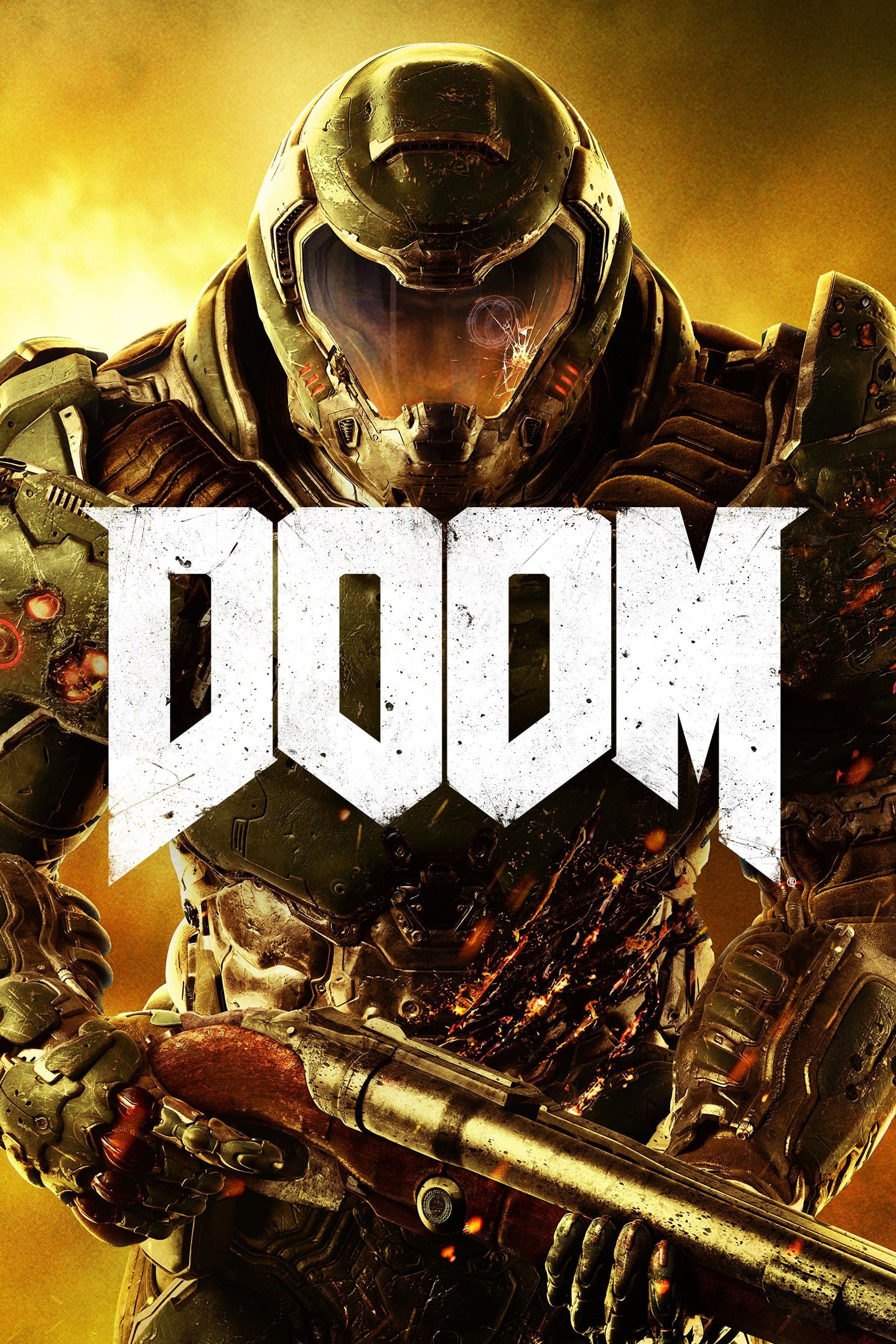
DOOM (2016)

